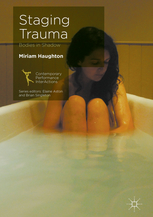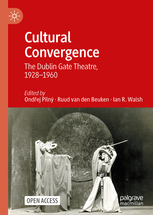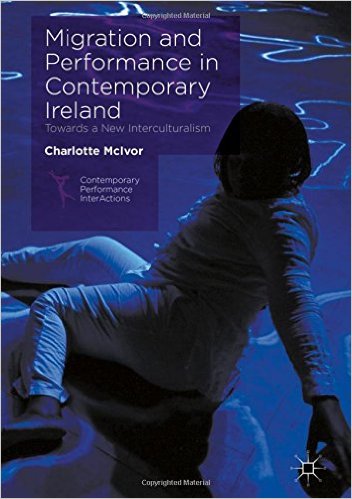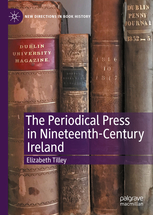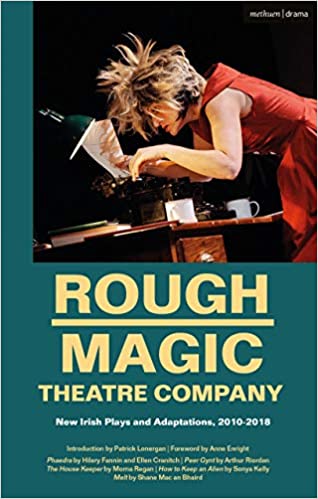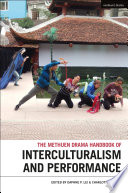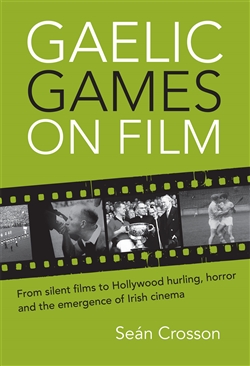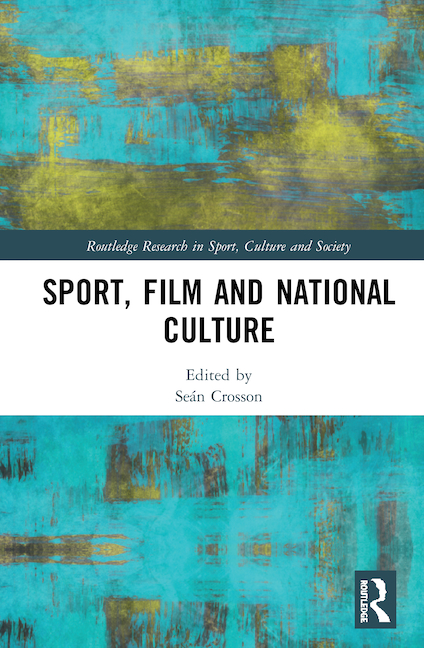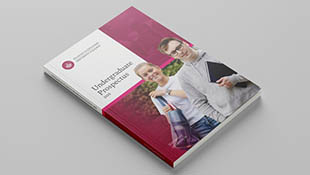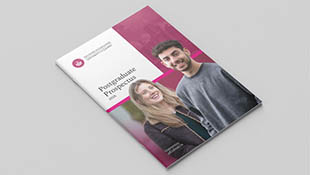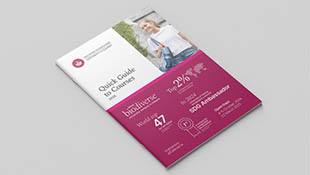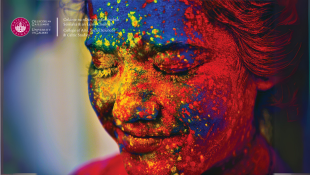Dr Justin Tonra
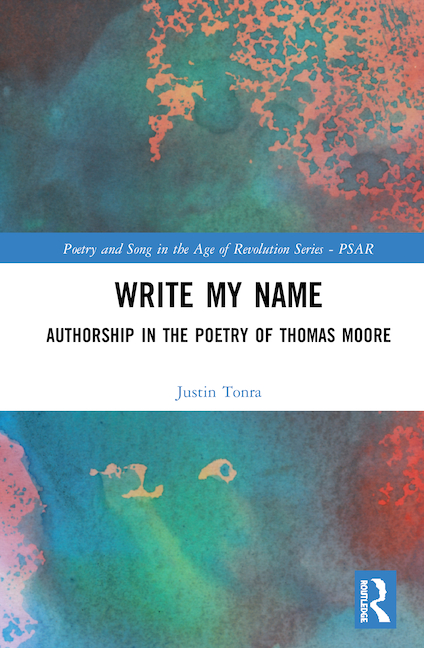
Write My Name: Authorship in the Poetry of Thomas Moore is the first monograph devoted to Moore’s poetry. The focus of the book is on Moore’s poetry and differing formulations of authorship therein. Its scope comprises poetic publications from Moore’s early career, from his Romantic Orientalist writings, and from selected musical works, and political and satirical verse. It shares the strong historicist awareness of much previous scholarship on Moore, but combines this with a range of new and interdisciplinary contexts that are of increasing interest to scholarship in the twenty-first century, and which are rarely adopted as frameworks for viewing Moore’s work: digital humanities, book history, legal history, and textual theory. Ultimately, the book argues for the value of attending to neglected aspects of Moore’s work through analysis of his shifting modes of authorship and their various motivations.








